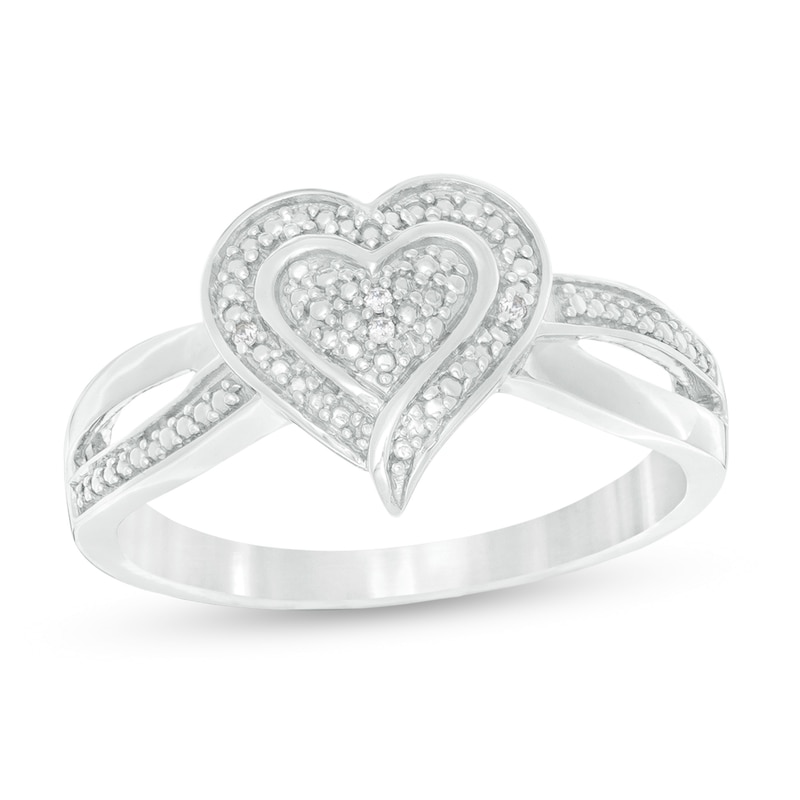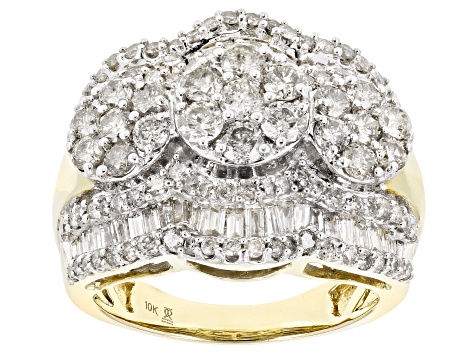Doorbuster RHAPSODY 3.00 ctw AAAA Tanzanite and Diamond E-F VS2 Pendant in 950 Platinum 4.55 Grams
Tanzanite Cushion 9×7 Faceted Cut. White Diamond Round 1.3 Carving Cut. White Diamond Baguette 1.7×0.85 Carving Cut. White Diamond Round 0.9 Carving Cut.
TANZANITE GEMSTONES
Think back as you examine the unusual bluish crystal in your hands. This tanzanite stone is one of the rarest stones on the planet, only discovered by happenstance. Its intriguing colors shift from blue to violet as you turn the stone in the light. But why? Learn how to identify tanzanite and tell it apart from other zoisite gems.
What is Tanzanite Stone?
How rare is tanzanite? Many call it the “Gemstone of a Generation,” or the “Gemstone of the 20th Century,” and for good reason. Estimated to be over one thousand times rarer than diamond, tanzanite stone is only found in one place, the Merelani Foothills of Tanzania.
During the late 1960s, a popular narrative tells us that a Maasai Tribesman stumbled upon a clutch of strange, but enchanting, crystals. Captivated by their mysterious blue-violet hue, word quickly spread about this once-in-a-lifetime discovery.
Initially thinking a new deposit of sapphire had been found, the material was quickly analyzed. To everyone’s shock and amazement, the humble tribesman discovered something much rarer than sapphire – a completely new variety of zoisite!
Named to honor its country of origin, tanzanite is the blue to violet variety of zoisite. Let Shop LC help you learn what to look for when buying tanzanite gemstones.
Determining Tanzanite Value
Is tanzanite valuable? The value of colored stones is typically determined by a combination of its color, clarity, cut, and carat weight. This is no different when determining what tanzanite is worth. These guidelines will help in choosing tanzanite stones for your collection.
Additional information
| Product Weight (grams) | 4.430 |
|---|---|
| Gemstone Count | 1 |
| Diamond Count | 74 |
| Total Stone Weight (Carat) | 2.61 |
| Primary Stone | Tanzanite |
| Metal Purity | 950 Platinum |
| Metal Color | White |
| Metal | 950 White Platinum |






Reviews
There are no reviews yet.